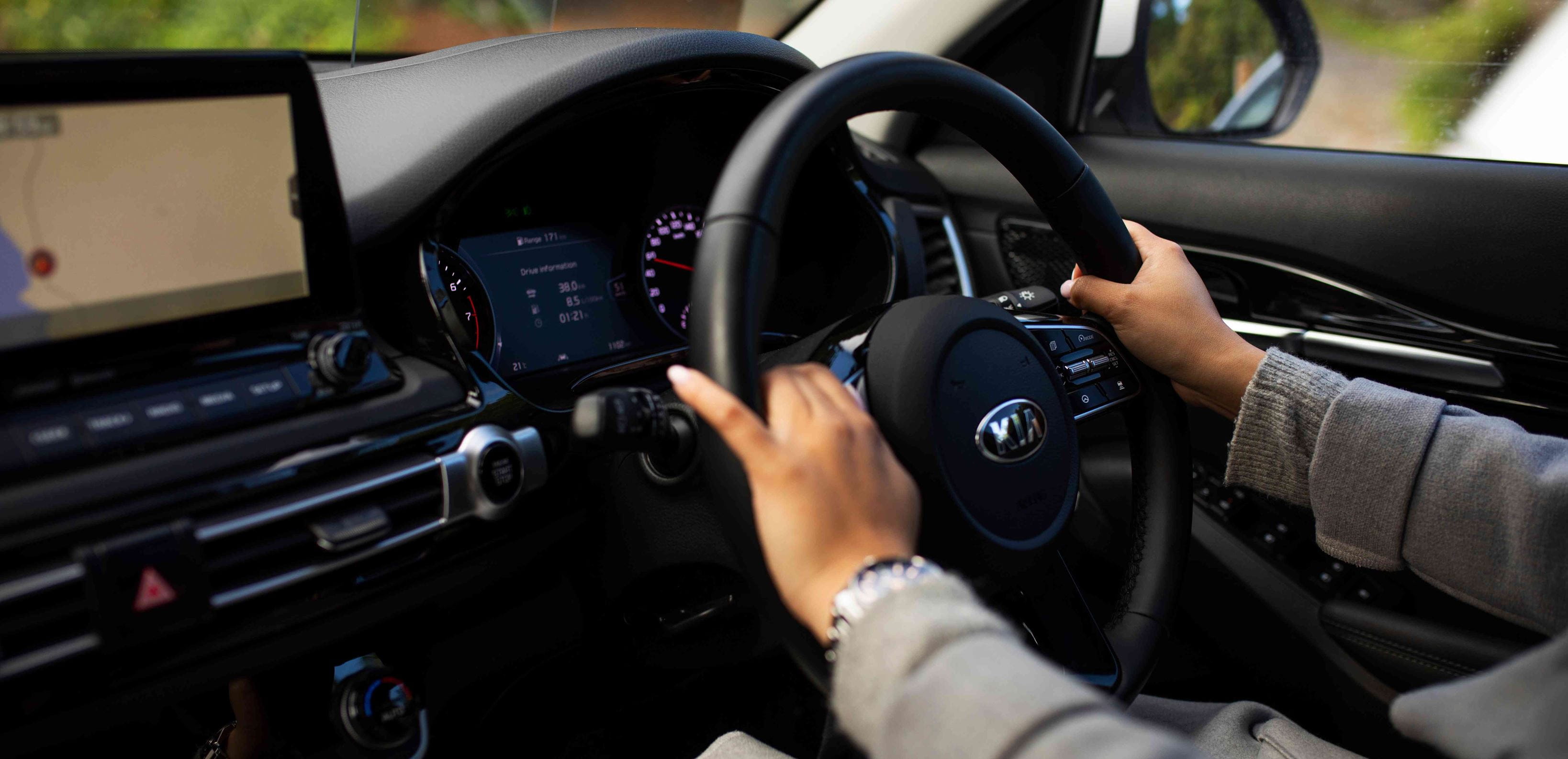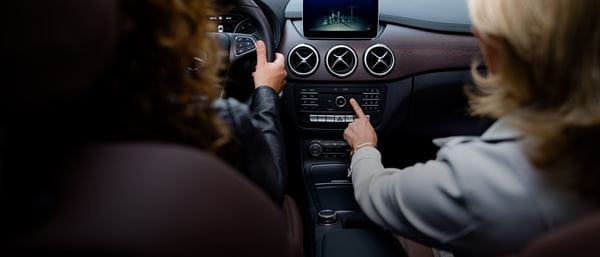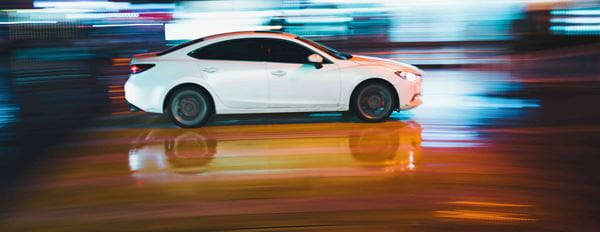
Drowsy Driving Prevention: 9 Useful Tips
It is usually linked to long trips, such as those made during vacation periods. However, the feeling of fatigue and falling asleep at the wheel also take place on shorter journeys, such as those made at work or at home, due to the fact that their routine nature causes a decrease in attention on the road.
How our tips may be useful in order to avoid falling asleep at the wheel?
Much has been written about how to avoid falling asleep at the wheel.
Some councils are eminently practical and others not only jeopardize road safety, but are also punishable by law.
In this article, we are going to share with you the best tips to avoid drowsiness and fatigue. However, it is imperative that you distinguish between preventing drowsiness and fighting it.
Attention! At LeasePlan we do not recommend trying to overcome sleepiness while driving.
If you notice the first symptoms of exhaustion, the only valid and safe alternative is to stop and sleep. In fact, this is one of the tips that we will share with you.
The rest of the recommendations aim to prevent drowsiness from appearing during your road trip, thus ensuring that all your senses are focused on driving.
Sleep and fatigue behind the wheel
What are micro dreams? Well, it is a momentary loss of consciousness for a period of between 3 and 5 seconds. It is a very serious phenomenon given that circulating at just 80 kilometers per hour, you can cover 100 meters in that period of time.
1. Make sure you have rested the night before
It may seem like a truism, but the quality of rest on the previous eve plays a major role in maintaining optimal awareness and attention while driving.
2. Stop at the first sign of drowsiness
The moment you notice that your blinking increases or you find it difficult to keep your eyes open, you must stop. Find a rest area or pull the vehicle off the roadway to park it in a safe area away from traffic. Then, recline your seat and sleep.
Many drivers set goals for distance to drive or driving time before taking a break. However, trying to overcome fatigue and prolong gait is foolish and can have catastrophic consequences.
The trick of "power nap"
"Power nap" is the Anglo-Saxon term used to describe what you would normally describe as a quick nap. 10 or 15 minutes may be sufficient to rest and recover the alert levels necessary to drive safely.
By the way, before restarting, do not forget to air the interior of the vehicle and take a short walk to activate your body.
3. Take breaks every 2 hours or every 200 kilometres
Incorporating a brief stop during the journey to ventilate, stretch your legs and hydrate is an excellent way to reactivate the body after a long time with hardly any movement.
4. Avoid night driving
The chances of being drowsy at the wheel during night driving are much higher.
Our natural biorhythm is adapted to daytime life, which is why we feel a deep sensation of sleep once night falls.
Definitely:
Unless it is essential, it is recommended to avoid driving at a few hours when, normally, you would be sleeping or about to go to bed.
5. Avoid heavy meals
Heavy digestion and excessive consumption of fats, sugars and carbohydrates generate a strong feeling of drowsiness.
This takes place because fats prolong the duration of digestion and sugars cause the hormone insulin to be secreted in the blood, which has sedative effects when produced in large quantities.
If you plan to take the car immediately after eating, we recommend you opt for a light lunch.
6. Stimulant drinks are only effective in short periods of time
Drinking coffee or certain energy drinks based on caffeine concentrate is one of the most common habits among drivers who want to overcome the sensation of sleep.
Although coffee is a powerful stimulant, its intake lasts for a short time, and what is worse, once its effects wear off, the feeling of drowsiness returns abruptly and quickly. This phenomenon is even more pronounced when sugar is added to the mix.
In short, the consumption of some type of caffeinated substance is only recommended for a short trip and, in no case, is it a substitute for a nap or night rest.
7. Use available active safety systems
Currently, there are technological applications specifically designed to detect the symptoms of drowsiness in the driver and alert him by sound signals.
If your vehicle is equipped with this type of mechanisms, do not hesitate to use them at all times. Now, warning signs should not be used as a way to maintain consciousness, but as a warning that you should stop immediately.
8. Keep a cool environment in the car interior
With the passing of the hours, the air inside the vehicle tends to heat up and become vitiated, due to an excess of carbon dioxide.
Use the air conditioning to filter and refresh the air in the cabin. Failing that, you can also lower the windows momentarily, to allow the outside air to renew the car's atmosphere.
Likewise, the sensation of the cool breeze on your face can help keep you clear. However, we insist again that this type of advice should not be used to avoid drowsiness once it has already appeared, but to prevent it.
9. Listen to the radio or the conversation of your co-pilot
This tip can be effective in staying clear behind the wheel, but it should not be misinterpreted. It important the driver of a vehicle pay the utmost attention on the road. For this reason, the use of the radio or the conversation of another passenger should never be a distraction or a decrease in the ability to perceive everything that happens on the road or the behavior of the vehicle. In short, listening to stimulating music, an entertaining radio program or an anecdote told by our partner can help you stay awake, but they should never distract you.
We trust that these tips to avoid falling asleep at the wheel will help improve your driving experience and ensure a safe ride.





